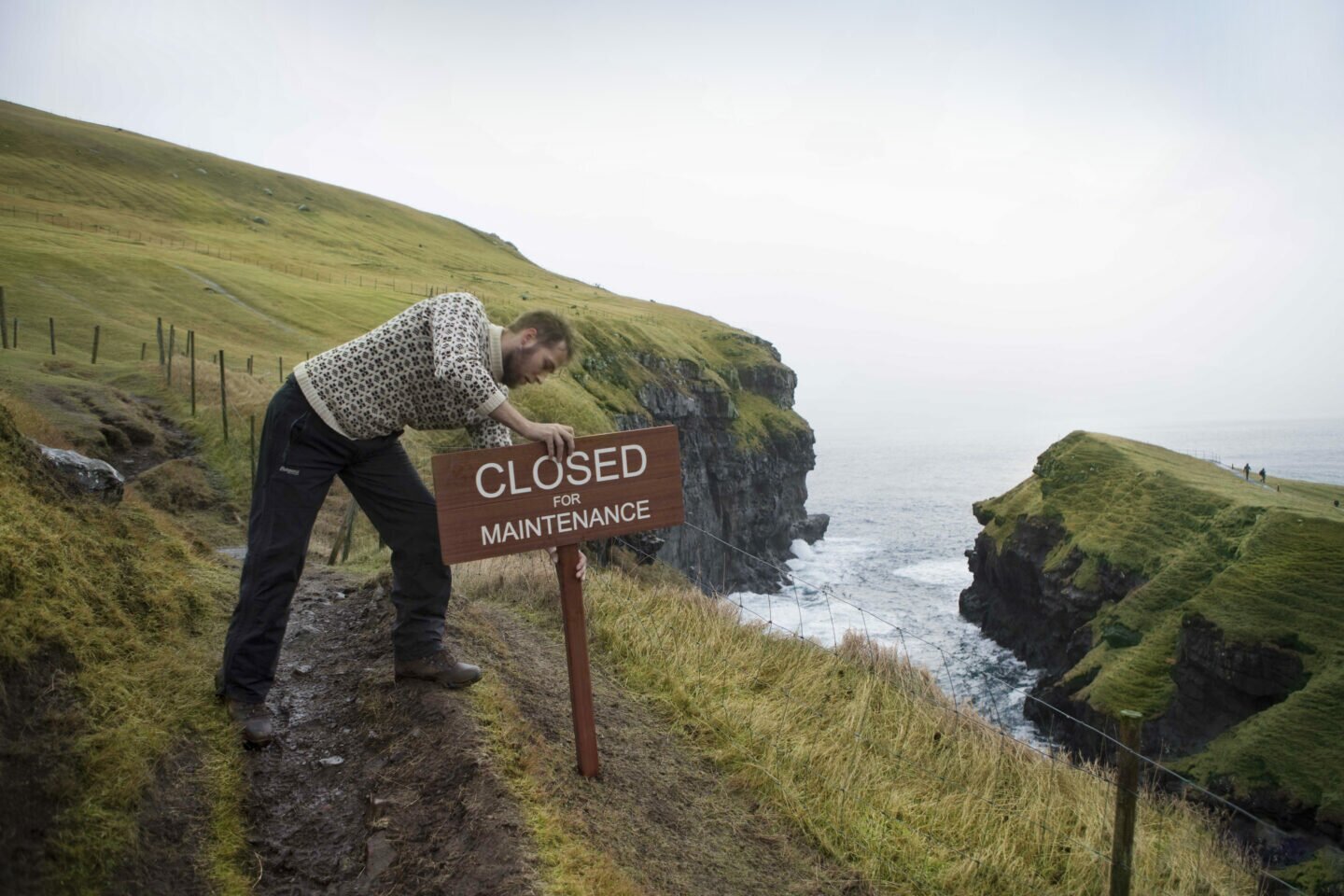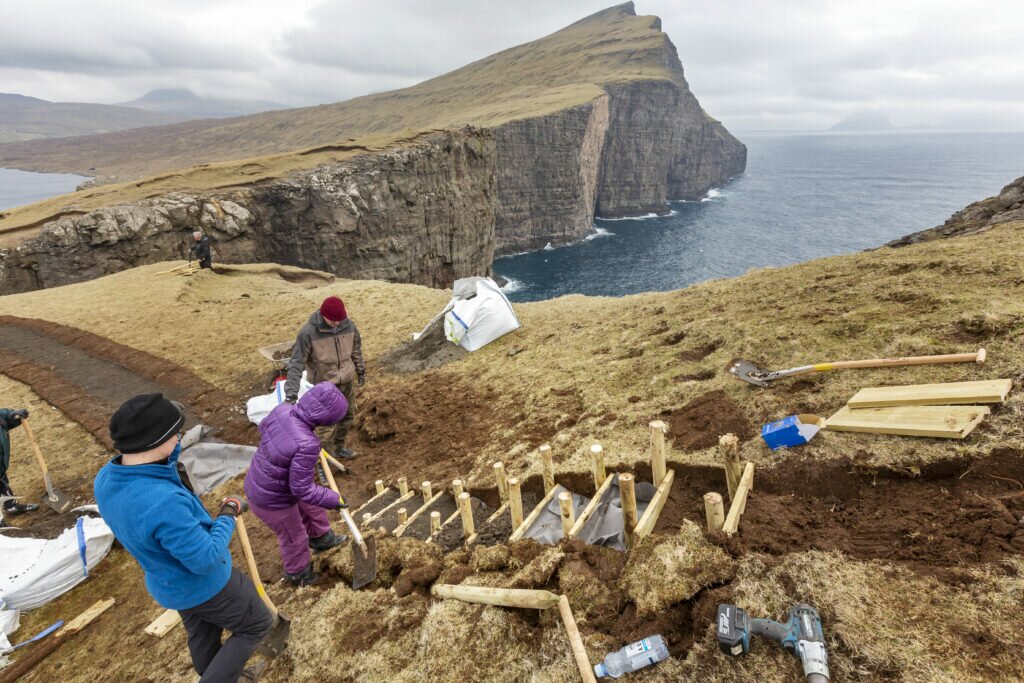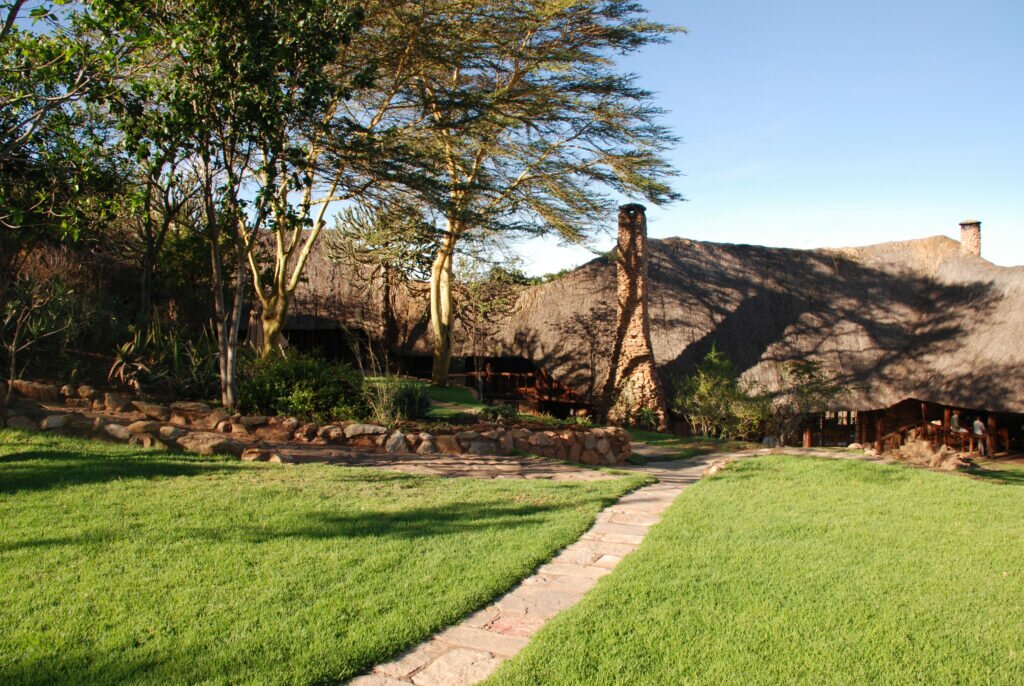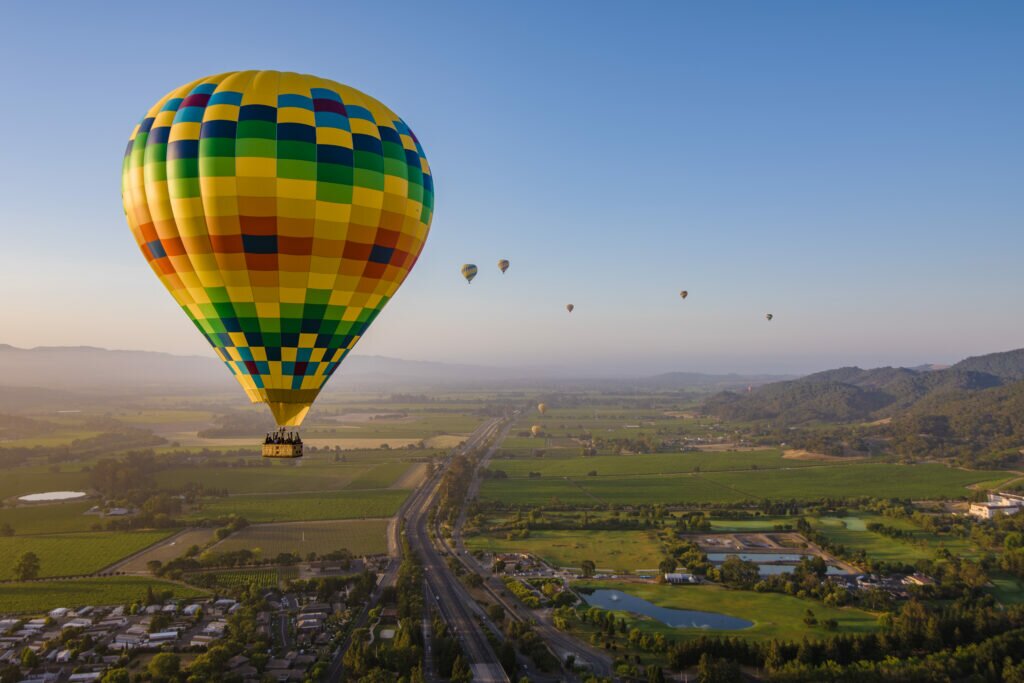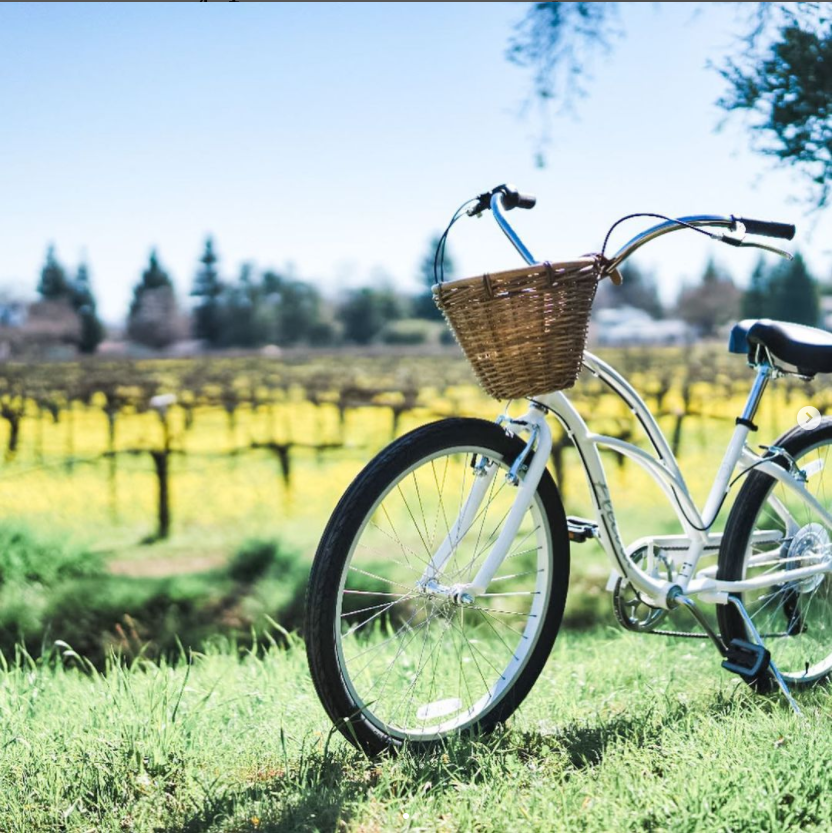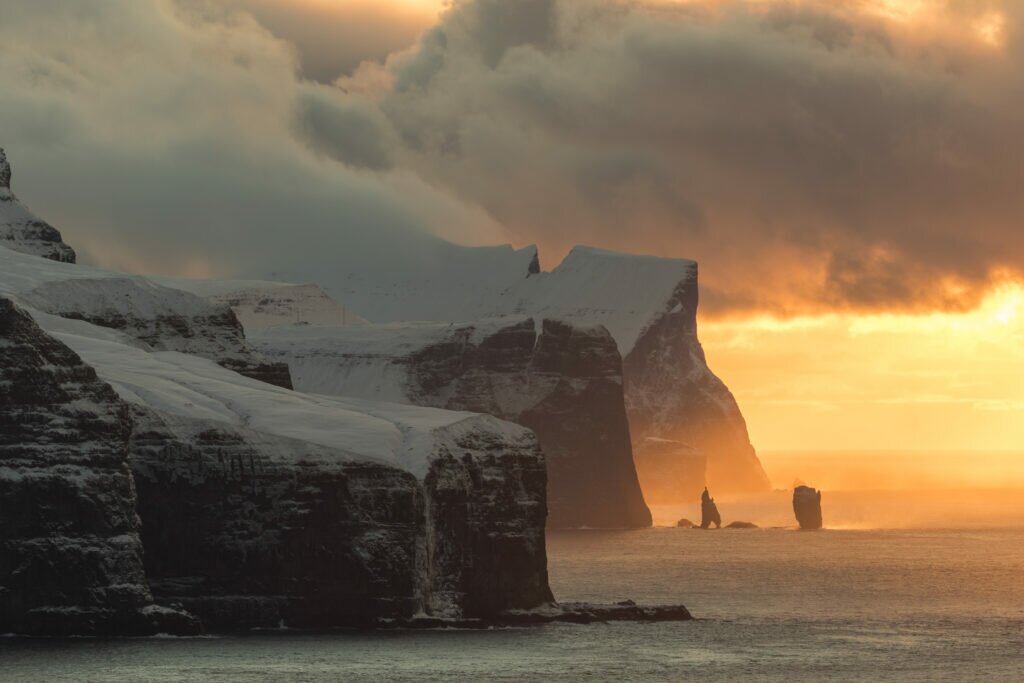Having the freedom and funds to travel is undoubtedly a privilege. As tragedies of all kinds unfold around the world, some due to climate change, it’s incumbent upon those lucky enough to travel to ensure trips are beneficial – especially considering tourism causes approximately eight percent of the world’s carbon emissions. One way of doing this is to visit places experiencing undertourism.
“Undertourism describes places in need of more tourists, as opposed to overtourism which describes destinations with too many tourists,” explains Georgina Davies from The Travel Foundation, a UK charity working to unlock the positive aspects of tourism. “Overtourism can lead to damage to ecosystems, cultural wonders and community life, whereas undertourism leads to a lack of opportunity: for jobs and livelihoods, the protection or restoration of nature and the development of infrastructure.”
-
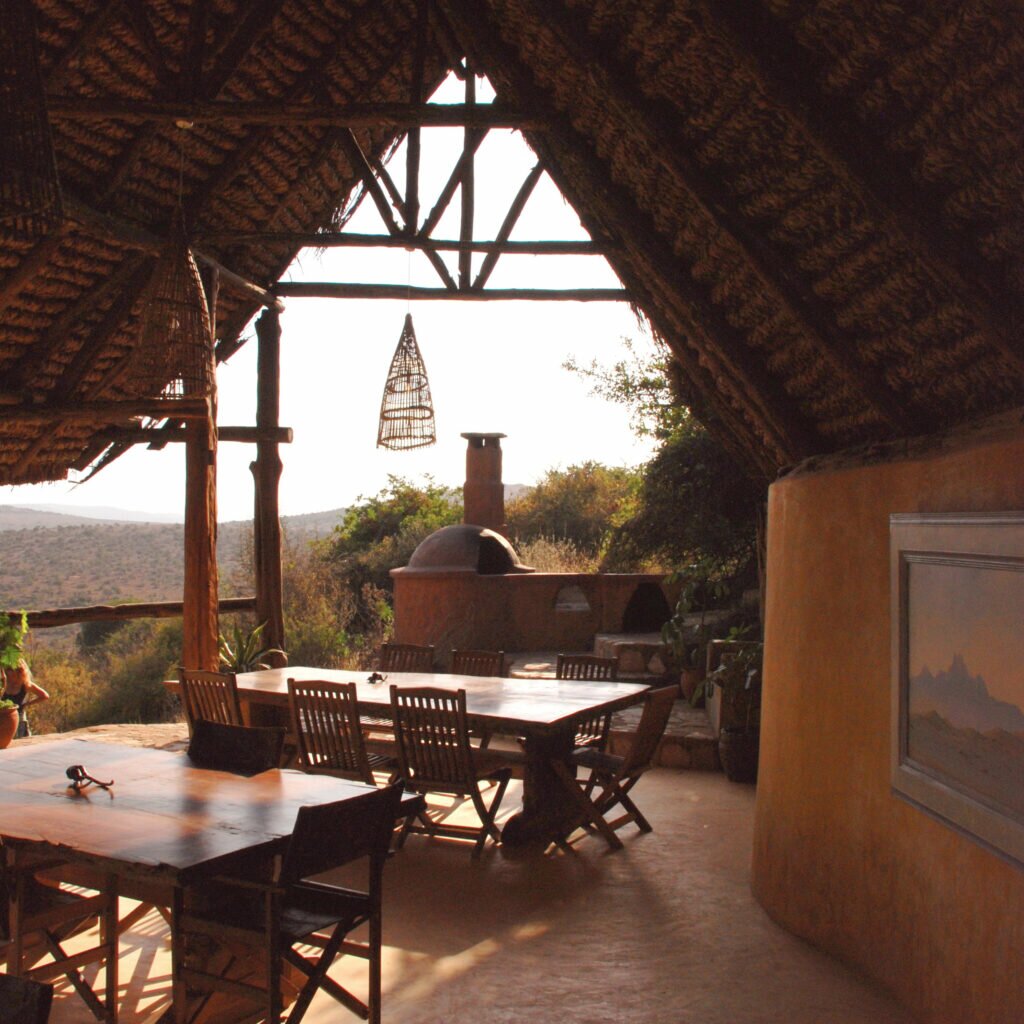
Borana Ranch & Safari Lodge, KenyaBorana Lodge -
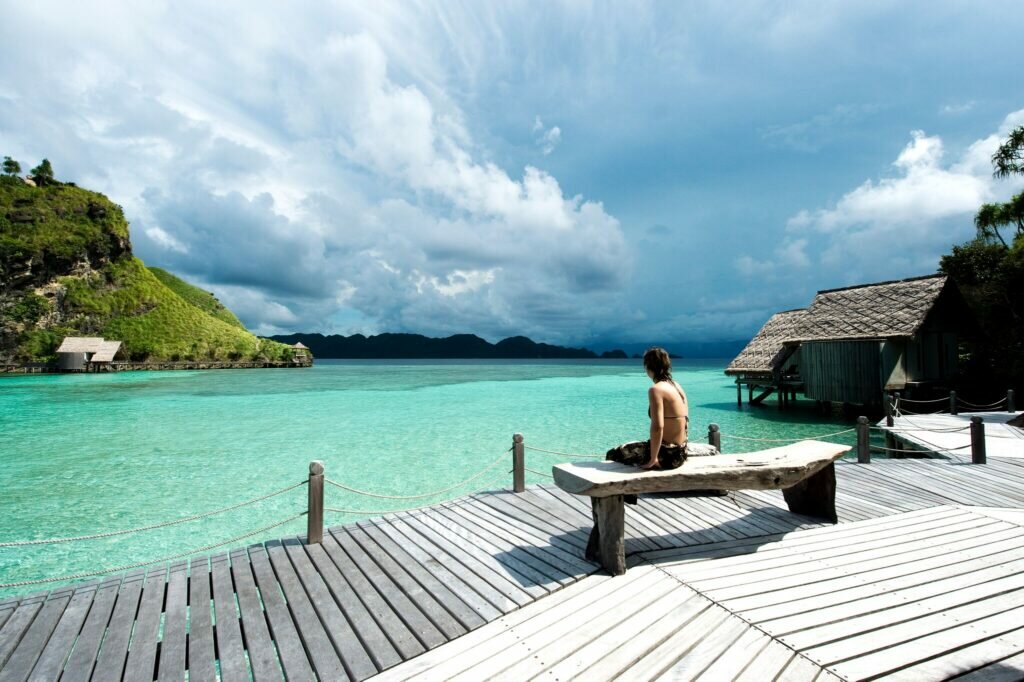
Misool Eco ResortMisool Eco Resort
Undertourism has become more evident since the pandemic – border closures and bans on international travel had huge repercussions for many tourism-reliant countries. GDP in Caribbean countries, such as Jamaica, is estimated to have shrunk by 12 per cent. As well as a loss of income and employment, Davies says it also meant social and conservation initiatives lost funding.
But the concept also applies to destinations hit by natural disasters, civil unrest or even popular tourist destinations during off-peak seasons, says Davies. “In addition to the economic benefits, when managed well, tourism can instil hope and breathe life back into struggling communities, or those hard hit by disasters.”
To go or not to go?
The question of where to go and when, however, is complex and ever evolving. Sri Lanka is one tourism-dependant country that’s been through more than most. In April 2019, still rebuilding after civil war, it was hit by terrorist attacks, some targeting hotels. This resulted in governments around the world warning their citizens not to travel there. Tourism bounced back though, and Fox Jaffna, a boutique hotel on the outskirts of Jaffna, with lush gardens teeming with birdlife, experienced an almost complete recovery of visitor numbers by the end of that year.
But the pandemic caused longer term problems, says Sadhana Vikrantha, Fox Resorts’ Head of Sales and Marketing. “We were entirely reliant on domestic tourism for almost two years; a market too small to be reliant on for such a long period. Revenues plummeted, staff were laid off, many hotels closed and suppliers struggled to stay afloat. We are just recovering from this dark period with the resumption of tourist arrivals, but are facing challenges with the rapidly rising costs of supplies and the need to keep rates attractive.”
Its location in the far north of the country makes Fox Jaffna particularly vulnerable to fluctuating visitor numbers. Yet those who make the journey are richly rewarded, says Vikrantha, as they discover the region’s unique Tamil culture and cuisine, archaeological sites, and burgeoning craft and design scene.
Vikrantha believes more visitors are the answer: “As a province still making up for being isolated in an almost 30-year civil war, the people of Jaffna need the economic support tourists bring. Please make the seven-hour train journey or one-hour flight. Stay in our hotels, explore our cuisine and support local vendors by buying local fruit, craft and souvenirs to take home.” And the more people spread the word about the wonders of Jaffna, he adds, the more investment it will attract.
Travel less, travel better
Tour companies are now creating bespoke itineraries with undertourism in mind. Tom Barber, Co-Founder of Original Travel, says it’s the company’s raison d’etre and why they’ve long championed off-the-beaten-track destinations, sabbaticals, and slow travel by road and rail.
The company’s ethos is ‘travel less, travel better’ and philantourism – ‘the act of choosing a holiday or experience to support a destination’ – plays a key role, says Barber. “It’s a natural evolution of voluntourism, but less of a commitment. You don’t need to do anything after you arrive, other than enjoy the culture, buy local and put your spending money into the tourism economy. It’s all about travel as a force for good and our new itineraries will focus on using local guides, staying in homestays or properties that employ locally and enjoying experiences that support or contribute to conservation or community projects.”
Destinations featured in Original Travel’s philantourism itineraries include Kenya and Indonesia, where poaching and illegal fishing have increased as a result of lost tourism income. “The Laikipia area of Kenya, home to almost half the country’s black rhino population, has been particularly susceptible and getting tourists – and their money – back to the area is paramount,” says Barber.
Their exclusive Kenyan experience is hosted by the Dyer family, who are dedicated to conservation and preservation of the black rhino, and includes a stay in Kenya’s first eco-lodge, Borana Ranch & Safari Lodge, and night patrols with the anti-poaching team.
Wildfires and wine
Destinations are also taking steps to manage tourist numbers sustainably, including by adding a tourist tax, encouraging visits out of traditional seasons and diversifying attractions.
California’s Napa Valley, popular for its world class wines, faces unpredictable wildfires, conveyed around the world in alarming news reports. “For Napa Valley’s hospitality and wine industries, protecting our environment is part and parcel of the business. At our core, Napa Valley is a strong, agricultural community where grapes have been grown and wines made for more than 150 years,” says Linsey Gallagher, President & CEO, Visit Napa Valley. “During the months of June through November, California (including Napa Valley) typically experiences low humidity levels and warm weather, creating dry conditions. And we understand the visuals shared may have left a lasting impression that much has been destroyed, but a majority of Napa Valley is physically unaffected by the recent fires.”
Gallagher says even before the pandemic, they noticed a trend towards fewer people, visiting longer. “For today’s traveller time is the ultimate luxury – time to reconnect and recharge – and Napa Valley’s outdoor spaces and scenic beauty is an ideal place to do that. A visit to a favourite winery, for example, is no longer just standing at a bar and seeing as many in a day as possible. Rather, wine enthusiasts plan a more in-depth experience sitting down with experts from the winery to enjoy world class wines and learn about the craft of winemaking.”
She recommends planning an itinerary that includes other activities as well as wine tastings, such as bike rides on the new Napa Valley Vine Trail or spa trips. And on the Visit Napa Valley website, visitors can discover the unexpected joys of visiting outside harvest season – in February and March, there’s an Insta-friendly profusion of yellow wild mustard flowers.
Closed for maintenance
Other destinations are taking a preventative approach. As a relatively remote destination, the Faroe Islands, in the Northeast Atlantic, remain unspoiled. Yet since 2019 the tourist board has run a ‘Closed for Maintenance’ initiative, whereby the islands’ main attractions are closed in April to all tourists except a small group who work on conservation projects.
Responsible tourism is highly valued on the islands. Most tourism businesses are small and locally owned, and offer diverse employment opportunities for women, says Súsanna Sørensen, Marketing Manager at Visit Faroe Islands. This means visitors directly support local families, enabling them to stay instead of emigrating for work. And interaction with people from around the world is beneficial for everyone, she adds.
Sørensen and her colleagues are keen to encourage guests to stay longer and hope to develop more collaborative projects: “We know as a tourist board we have an important task of making sure tourism is good for the Faroe Islands, that the locals are involved and also benefit and that future development is sustainable.”
The Travel Foundation’s tips:
- Consider a destination that’s not a tourist hot spot. Seeking out less visited destinations helps spread the economic benefits of tourism and avoid the negative impacts of overtourism on local residents.
- Choose a tour operator/accommodation provider that follows sustainable practices. Ask if they hire local people and procure local goods. Do they reduce their impact on the environment e.g. through reduction in single-use plastic, as well as energy and water use?
- Buy local. Supporting local businesses, e.g. gift shops, restaurants and excursion providers, is a great way to ensure local residents benefit economically from tourism. Also, consider visiting national parks and protected areas, as many countries rely on tourism fees to manage these special places and protect the animals they serve.
- Reduce the environmental impact of your stay by conserving water and energy and choosing alternatives to single-use plastic. Water and energy use by tourists can put a huge strain on local supply, which in turn impacts local residents.
- Travel by train or coach if possible, which is usually more efficient than flying or going by car. When there, choose low-carbon modes of transport, such as cycling, walking and public transport.
